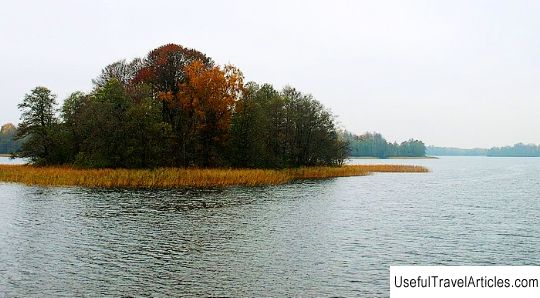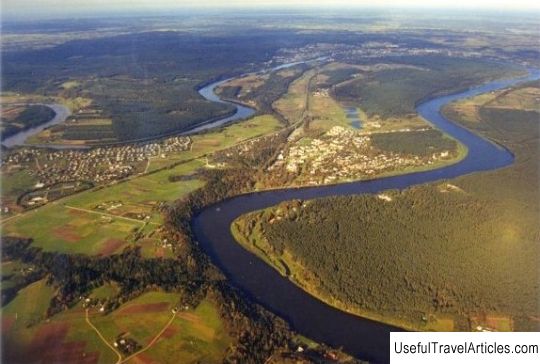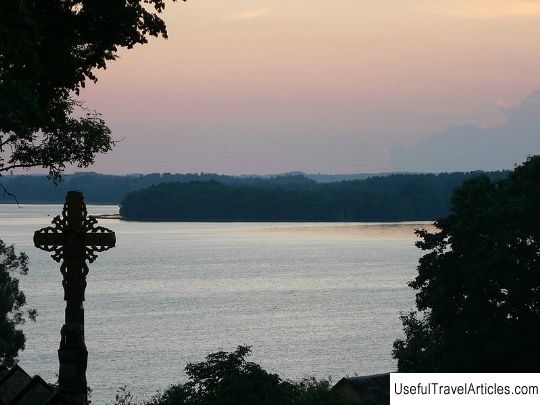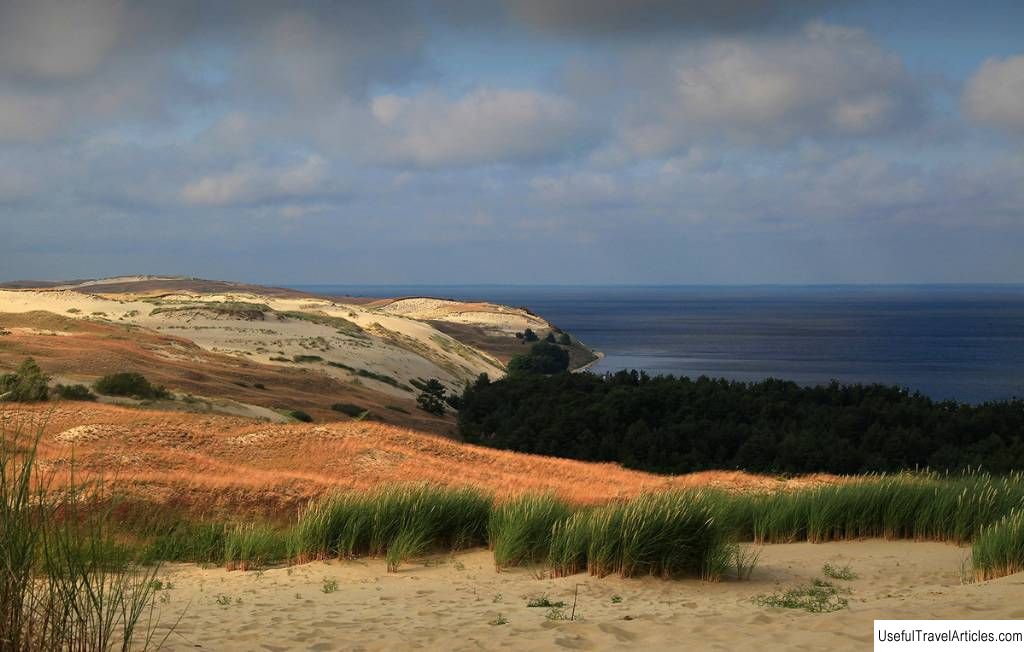Vingio parkas description and photos - Lithuania: Vilnius
Rating: 8,5/10 (876 votes) 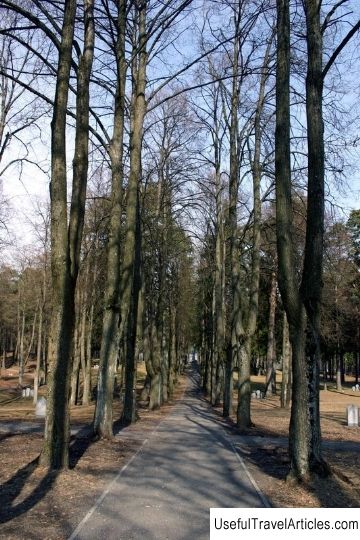
Vingio parkas description and photos - Lithuania: Vilnius. Detailed information about the attraction. Description, photographs and a map showing the nearest significant objects. The name in English is Vingio parkas. Photo and descriptionVingis is the largest park in Vilnius. It is located in the very center of the city, or rather in its western part, at the bend of the Viliya River. Vingis is the most beloved and popular destination for cycling, walking, and grandiose open-air concerts. In addition, public and political mass events are often held in the park. There are two ways to get to the park: from Birutes Street, passing through the pedestrian bridge, and also from M.K. Churlene. The area of the park is 160 hectares. In the 15-16th centuries, surrounded by steep river banks on almost all sides, a pine forest was in the possession of the Radvilov. Later it passed to the Jesuits, and then to the Vilna bishop of Masalsky Ignatius. After the death of Masalsky, the estate passed into the hands of the Potocki, who soon sold it to Count Zubov, from whom it was bought by the Vilna governor-general L.L. Bannigsen. In Zakret, the Jesuits built a three-story palace with unusual attics according to sketches famous architect I.K. Glaubitz. When the palace passed into other hands, it was rebuilt again at the request of the new owners. At the time when the house belonged to the Governor-General Bennigsen, namely in 1812, the Emperor Alexander I himself with all his retinue and staff visited it. The emperor was delighted with the view of the picturesque area and decided to purchase the entire large territory of Zakret from Bennigsen. For a festive dinner in the summer palace in Zakret in honor of Alexander I, the architect Mikhail Shultz was commissioned to build a pavilion. But a disaster struck and shortly before the start of the ball, the new pavilion collapsed. Schultz was so shocked by what happened that he rushed into the river Viliya and drowned. He was in such a hurry to fulfill the assignment, and there was very little time left. Nevertheless, he managed to build a dining room, which was so different from the existing ones by the solemn elegance of decoration. Not only the emperor, but also numerous guests admired the magnificent building. Only a couple of hours before the dinner party the roof of the dining room collapsed. Schultz was terribly afraid that he would be considered an intruder. He threw himself into the river, and a few days later his body was found in the river 20 versts from the city. As you know, in 1812 Lithuania was part of Russia. While at the ball in the summer palace, Alexander I received a message that Napoleonic troops had invaded the country. In the Sealed Palace, the French set up a hospital, which was burned along with the wounded people. After the end of the war of 1812, the palace was beyond repair, and in 1855 the remains of the palace were simply dismantled. Then an artillery range was set up on the Zakreta territory. In 1857, by order of the Governor-General V.I. Nazimov, on the banks of the picturesque Viliya river, a cap with a wooden pavilion and various outbuildings was built. In addition, a large park was laid out with a nearby linden alley. The Vilnius University Botanical Garden was founded in 1919 on the territory where the Vinge Park is now located. But during the war and the terrible flood, the botanical garden was badly damaged. After the war, part of the botanical garden was restored and moved to the new botanical garden at the university in 1975 in Kairenai. By 1930, warehouses of the Polish army were built on the land of Zakret, and a narrow-gauge railway was also laid. In 1965, the park underwent reconstruction and was adapted as a place for mass social events and as a recreation area for townspeople. In the very center of the park, a large concert stage was erected, and an area for spectators of 2 hectares was equipped. It is here that republican song holidays are held. Not far from the entrance from Ciurlene Street, in the Jesuit cemetery, there are the graves of victims of the plague epidemic that swept in in 1710. There is also the Repninskaya chapel, erected in 1796, which contains the ashes of N.V. Repnin - the Lithuanian Governor-General. During the First World War, soldiers of the Austrian and German armies were buried in the former Jesuit cemetery. After the end of World War II, most of the cemetery was destroyed, and attractions were built in its former place. Now the graves of Austrian and German soldiers have been restored.       We also recommend reading Clifton Suspension Bridge description and photos - Great Britain: Bristol Topic: Vingio parkas description and photos - Lithuania: Vilnius. |

